The cackling old ladybug in Alaska and the firefly Saya in Indiana: which insects symbolize each of the US states

Stacker used a variety of sources to compile a list of the official insects of each U.S. state. It also gathered their unique characteristics.
You can try to guess what the insects representing each region of the United States look like, krocnews.com writes. Check your guesses by reading this article.
Alabama
State insect: Monarch butterfly (Danaus plexippus)
This species is one of the most recognizable of its kind, with black, orange, and white wings. It is so iconic that it is bred on the International Space Station.
Alaska
State insect: Four-spotted skimmer dragonfly (Libellula quadrimaculata)
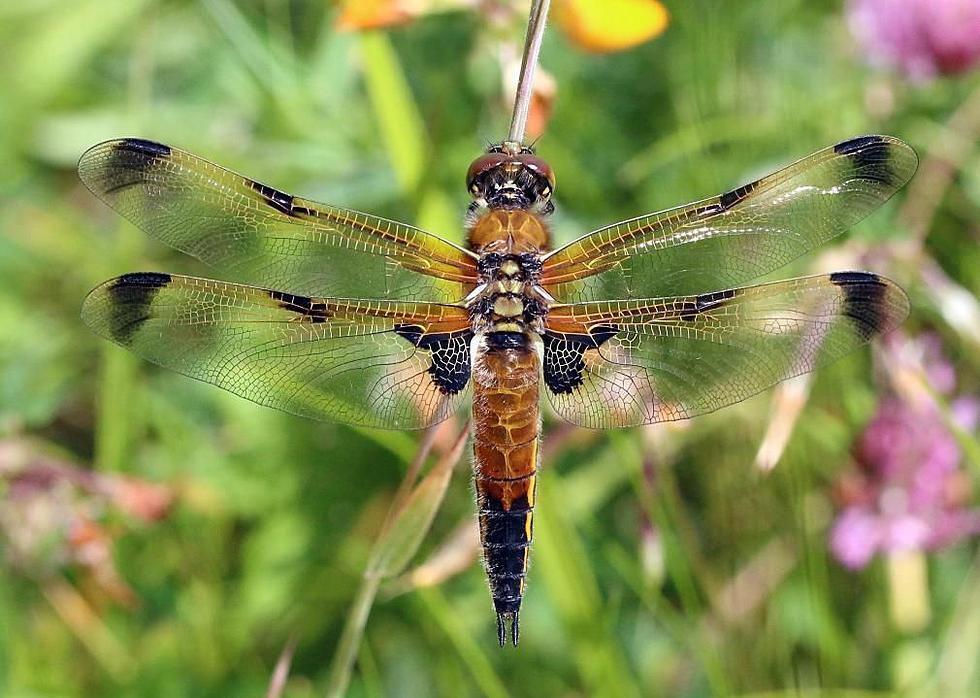
This insect lives near ponds and slow rivers, feeding on mosquitoes and midges. Its wings are brown with four spots.
Arizona
State butterfly: Two-tailed swallowtail (Papilio multicaudata)
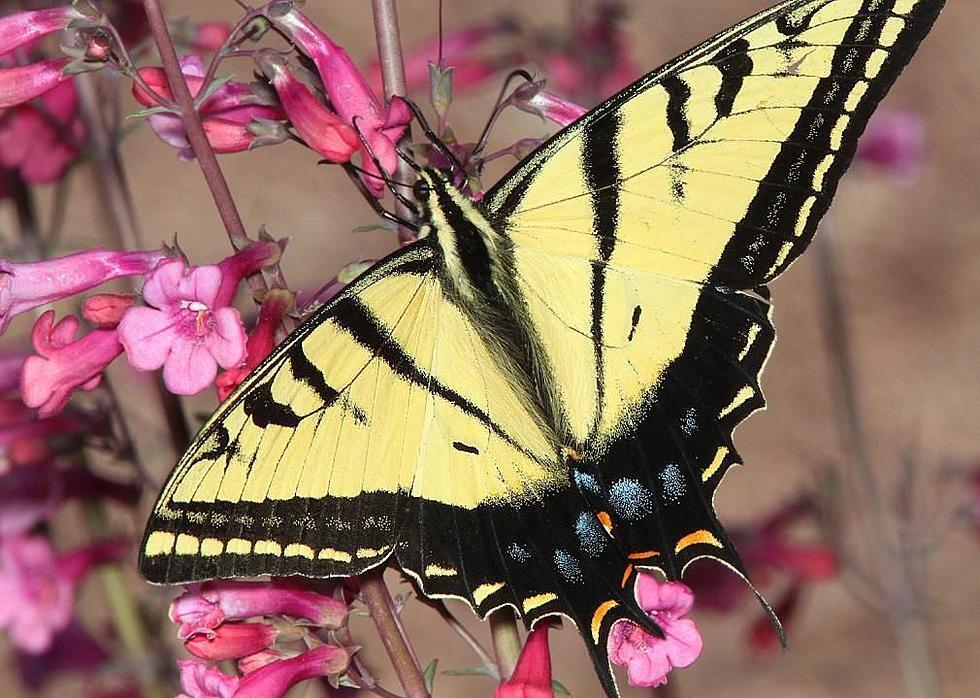
This insect has yellow wings with black stripes and lives near streams and other moist places. It has many host plants, including Arizona rosewood, Arizona sycamore, and California hops.
California
State butterfly: California dogface butterfly (Zerene eurydice)
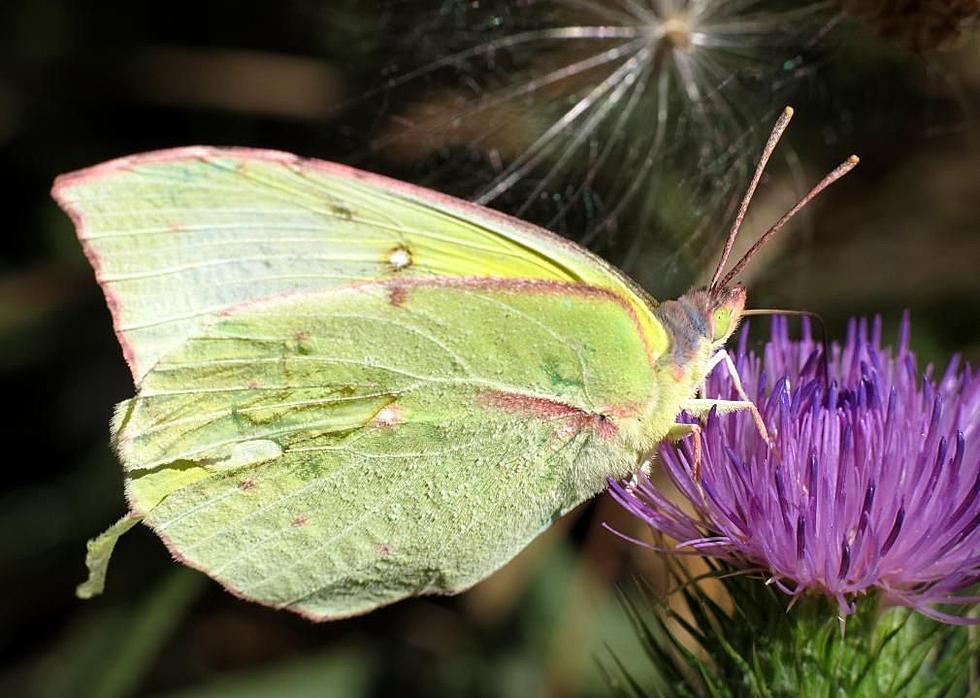
This species is endemic to California. It gets its name from the pattern on its blue, orange, or yellow wings, each of which vaguely resembles the profile of a poodle.
Colorado
State insect: Colorado hairstreak butterfly (Hypaurotis crysalus)
This insect can be recognized by its dark purple wings, speckled with orange spots along the edges. It uses the Gambel oak as both a habitat and a food source, laying its eggs on the leaves of the tree and later feeding on its leaves and sap.
Hawaii
State insect: Kamehameha butterfly (Vanessa tameamea)
This species, endemic to the Hawaiian Islands, feeds on the sap of koa trees. It was named Hawaii's state insect in 2009 after fifth-grade students at Pearl Ridge Elementary School campaigned in its defense.
Idaho
State insect: Monarch butterfly (Danaus plexippus)
This species is one of the most famous and easily recognizable in North America. Their popularity is so great that people are increasingly breeding populations in captivity.
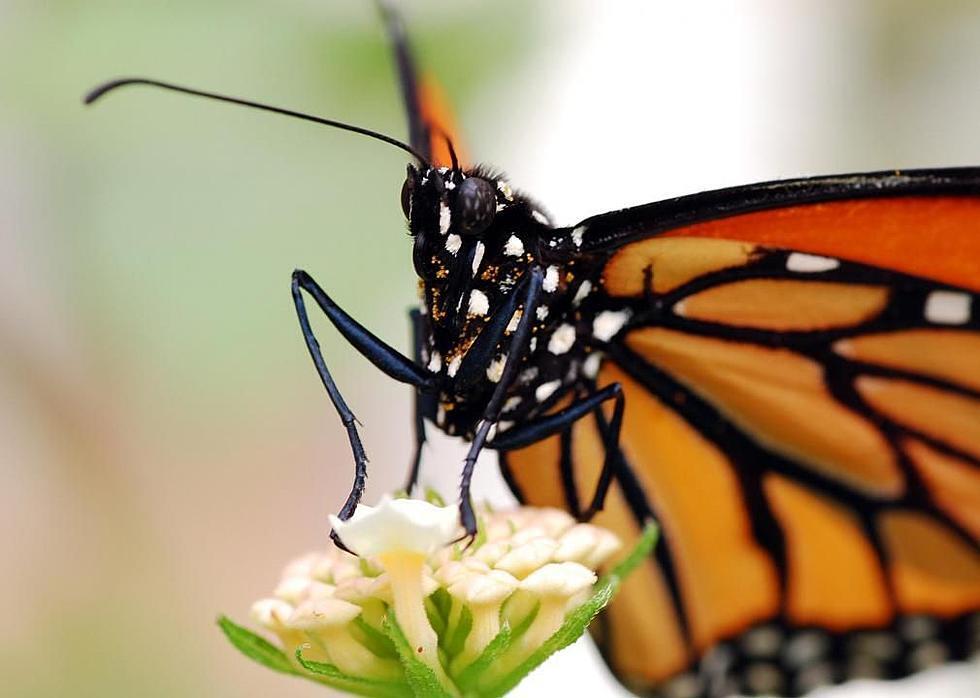
Illinois
State insect: Monarch butterfly (Danaus plexippus)
This species has an expansive travel pattern, migrating north and south each year. It is often confused with the viceroy, although it is much larger.
Indiana
State insect: Say's firefly (Photuris pyralis)
This species uses bioluminescence to emit light from its lower abdomen, which is used to warn predators to stay away. It is about the length of a paper clip.
Mississippi
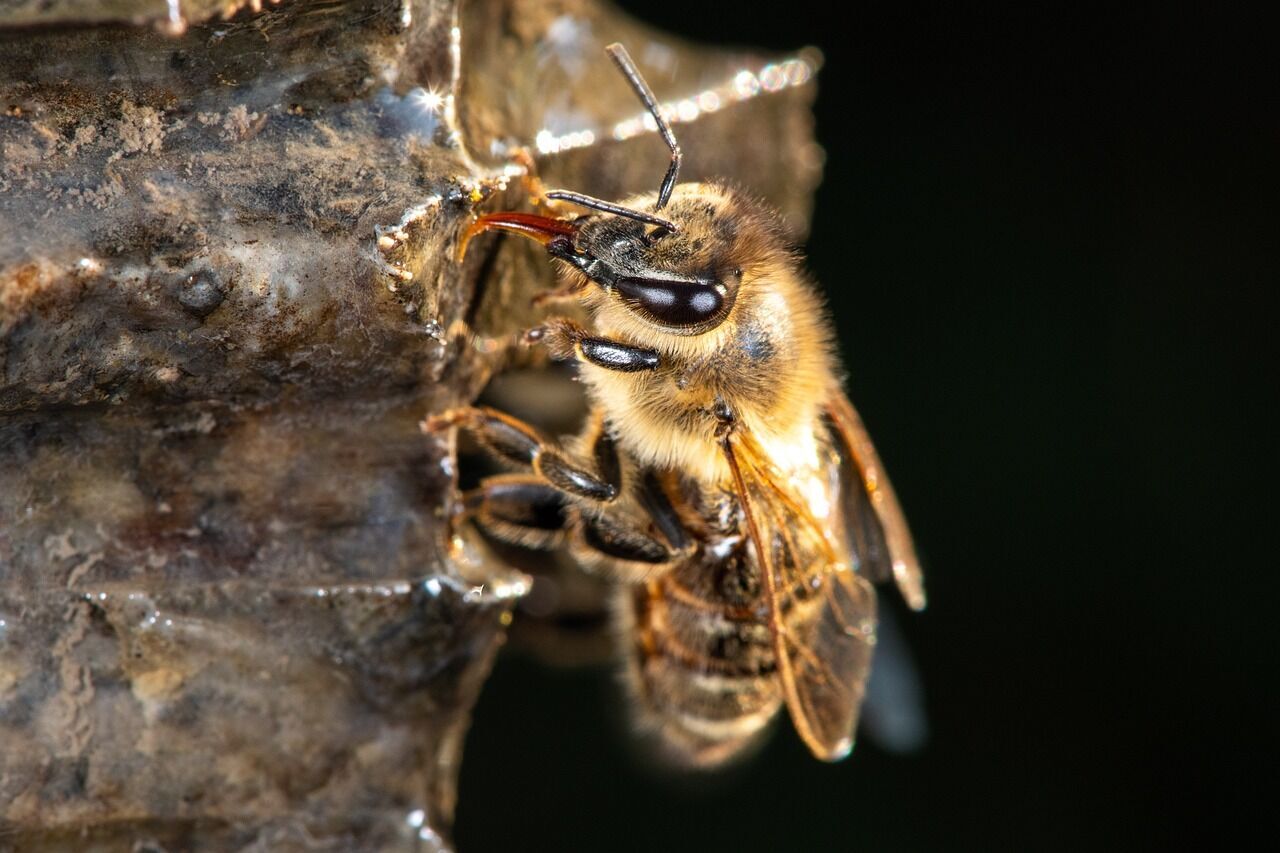
State insect: European honey bee (Apis mellifera)
When young females of this species prepare for adulthood, they fight each other until only one remains, which becomes the queen of their population. Although there is a common belief that this insect dies after stinging a threat, this is often only true when it stings mammals.
State butterfly: Eastern tiger swallowtail (Papilio glaucus)
This insect flies low and fast over wooded, marshy areas. It can be recognized by its black and brown wings with a blue crescent on the hind wings.
Read more at krocnews.com.



















